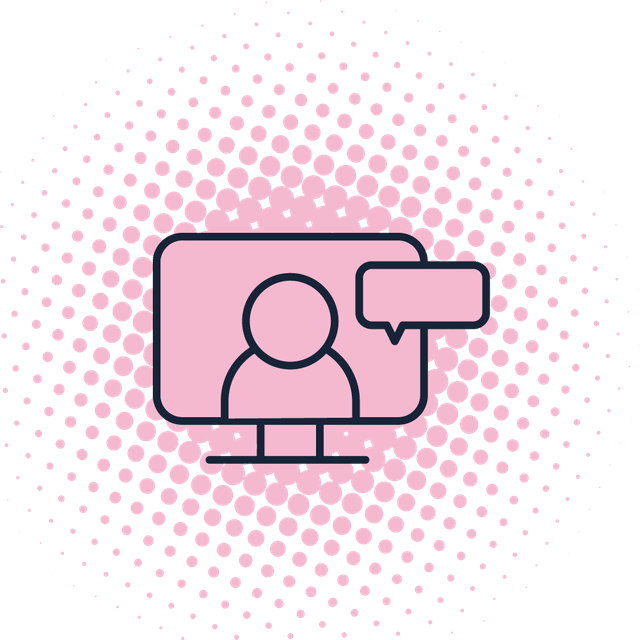You do everything in your power to provide exceptional healthcare. You hire highly trained staff, track your quality outcomes, offer comfortable facilities, and deliver exceptional customer service. How exceptional is your patient intake process?
Mobile Patient Intake is the next step to delivering exceptional healthcare, and, luckily, it makes life for healthcare staff simpler. Here’s why Mobile Patient Intake is the next essential step to delivering exceptional — and modern — healthcare.
Have you calculated how much your organization spends on paper intake forms every year? In addition to the environmental benefits of moving away from paper, digital intake forms can help your practice streamline operations, ensure you collect the data you need, and eliminate any unnecessary costs. Office workers use an estimated 10,000 sheets of paper a year. The cost of paper forms and printing adds up quickly. Per provider, your organization could be spending around $500 a year printing paper forms, not to mention the additional support costs to support, mail, store, and securely manage paper intake forms with patient data.
Worried your patients will resist digital forms? Keep it optional for a while. Allowing patients to adjust to new processes is critical. But studies find patients are ready to embrace the digital age, even when it comes to healthcare. Seven out of ten patients want to be able to communicate electronically with their healthcare provider. Online intake forms is just another critical part of streamlining patient-provider communication across the entire patient journey.

Healthcare professionals, we want to hear from you. If you work in healthcare, click this link, take our 10-minute survey, and get entered in our giveaway for a Core Meditation Trainer.
Healthcare providers are typically only able to review patient health data — including the reason for their visit — minutes or even seconds before an appointment. When time is short and appointments are crammed, preparing for a patient visit can become a nearly impossible task. If providers can get that data days or even weeks before an appointment, they can review patient data when it makes sense for them.
With the necessary information in-hand, providers can have more meaningful conversations with patients during their appointments. Patients have a better experience. Their loyalty helps you build your brand and increase your market share, and providers can focus on the part of the job they love the most — providing medical care.
How much time does staff spend entering the data from intake forms into the EHR? Let’s say your staff spends roughly five minutes on data entry for every patient who walks through your doors. If your providers are seeing the average 20 patients a day, that adds up to over eight hours a week. You are dedicating a full workday to data entry every week for every provider in your organization.
Digitizing the intake process can save you a significant amount of staff time and allow you to re-invest that time. Now, front desk staff can cross data entry of their list of to-dos. Instead, they can focus instead on helping patients coordinate care and providing a welcoming patient experience. Plus, when tedious tasks decline, staff morale goes up.
You may be dedicating a full workday to data entry every week for every provider in your organization.
One study of data entry in healthcare settings found errors in 11 percent of the data transferred. That means roughly 1 in every 10 intake forms entered in your EHR may have some kind of error. At best, this may lead to spelling errors. At worst, it could mean providers miss or misinterpreted critical data when they are delivering care. Miscommunication — both vocal and written — is the leading cause of medical errors in the United States. Eliminating a broken data entry process from your organization’s operations is a critical step tightening up data and preventing medical errors.
Patients are looking for better, more convenient experiences across all industries. You can see that everywhere from on-demand ride-sharing to online ordering at restaurants and commercial-free television. The same is true in healthcare. Offering patients the option to complete the intake process when it’s most convenient for them provides yet another level of top-notch service.
The results are clear — providing Mobile Patient Intake to patients at Metropolitan Dermatology, for example, boosted patient satisfaction. Metropolitan Dermatology’s NPS scores rose over 4% in just 30 days. That’s based on real-time feedback from patients offered the option to complete intake on their device of choice.
Ultimately, patients are looking for more flexibility, more choice, and more digital convenience in every service they access. For too long, patients have been scrambling to get to their doctor’s appointment early. Then they must scribble out their health history, symptoms, and insurance information in a crowded waiting room. Mobile Patient Intake allows them to complete the process on a simple and intuitive interface by clicking a simple link in a text message or email.

Register for the Mobile Patient Intake webinar to learn how to modernize your patient intake process.
Mobile Patient Intake is the next step for healthcare providers looking to deliver improve the patient experience and improve practice operations along the way. Interested in learning how you can implement a modern patient intake process at your organization? Join us for our upcoming webinar on 5/29 at 10:30 am PST/1:30 pm EST.






